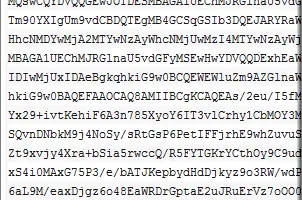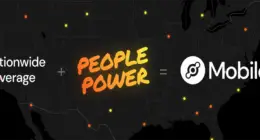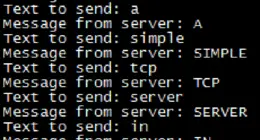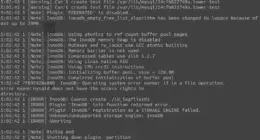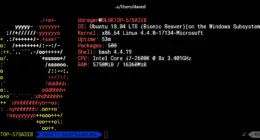I’ve been using the VPN Software Hamachi for several years now and thought I would share my experiences with it.
Previous to being purchased by LogMeIn, Hamachi was a smaller company which designed this great software. It is now offered in 2 versions, the free “Basic” version and the paid “Premium” version. The premium version is currently around 3.25-4.95 a month, depending on how many licenses you need and how much you pre-pay.
The free version gives you basic VPN connectivity and allows you to control smaller networks which is great for your own personal secured network. There are some pretty cool features in the “Premium” version – to see all of them click here.
The idea is that you install Hamachi on each of your PCs which you would like to connect to your VPN. In my case, I have my Home PC, my home File Server, my Work PC and my laptop all connected. The great thing about Hamachi is you are not just limited to Windows machine – my file server is Linux and works great with Hamachi. It officially supports Windows, Linux, and OSX – so you could install it onto your Mac as well.
Once hamachi is installed, follow the directions on how to set up each client. With the first client you set up, you will want to create a new Network that will include all of your personal PCs that you wish to connect. From there, each client you add you will need to add to this network so the can all talk with each other.
After all computers are connected to the network – you have your VPN up and running. It works just like with any VPN – those IP addresses can be accessed just like the PC is on your local area network.
So, what does this mean? You can map a network drive to be a local drive, which is actually being served off of your VPN. You can connect to VNC using this IP address – which is a secure way to do this so all of your traffic is encrypted over the internet. You don’t have to worry (as much) about sending information over the internet in plain text. I even have my media server connected so that I have my entire music library available through the program of my choice (MediaMonkey).
So if you haven’t tried it already, give Hamachi a try!

